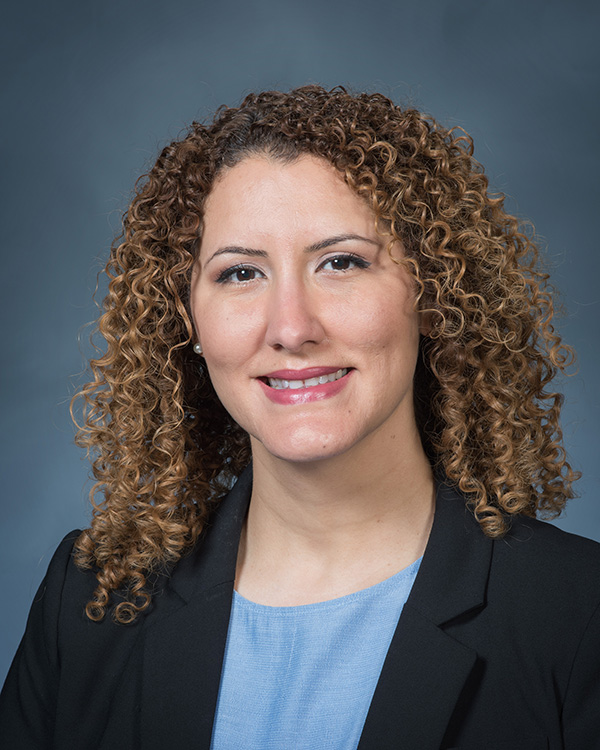NASA's New Methods in Preparing and Purifying Nanomaterials Webinar
Innovators at NASA's Glenn Research Center have made several breakthroughs in treating hexagonal boron nitride (hBN) nanomaterials, improving their properties to supplant carbon nanotubes in many applications. These inventors have greatly enhanced the processes of intercalation and exfoliation. Both processes are crucial in creating usable nanomaterials and tailoring them for specific engineered applications. In addition, Glenn's researchers have devised a means of fabricating exfoliated hBN-alumina ceramic composites, which have great potential as high-thermal-conductivity electrical insulators, as well as a new method to remove impurities from nanomaterials without causing damage to their structures. All of these advances have hBN nanomaterials set to transform applications such as heat sinks, electrical insulators, lightweight piezoelectric polymers for satellites and unmanned aerial vehicles, ceramic composites for jet engines, biomedical components, and radiation shielding technology.
For more information on this technology, please click here.
During the webinar, you will learn about this new technology as well as how NASA’s technologies and capabilities are available to industry and other organizations through NASA’s Technology Transfer Program.

Dr. Diana Santiago de Jesus is a Research Materials Engineer in the Materials Chemistry and Physics Branch at NASA Glenn Research Center working on the preparation and modification of nanomaterials for different applications. Dr. Santiago de Jesus earned both a bachelor's (2003) and Ph.D. (2012) degree in Chemistry from the University of Puerto Rico. She has won numerous awards and recently received the prestigious 2022 HENAAC Professional Achievement Award-Government. She is an active and passionate STEM mentor and contributes to many STEM outreach programs. Since her joining NASA in December 2010, Dr. Santiago de Jesus has made outstanding technical contributions in the research and development of advanced multifunctional materials and structural configurations that reduce weight and enable innovative aircraft component concepts. Her innovative work is the foundation for the Agency’s direction in electrically insulating thermal management composite structures, directly supporting NASA goals of developing electric propulsion systems for aerospace. Dr. Santiago develops structures that combine unique properties of nano-reinforced polymers, fibers, and engineered ceramics to create a new class of dielectric and insulation materials with excellent thermal properties. She has been conducting research in boron nitride nanomaterials for 12 years and has 1 patent and 1 provisional patent. In 2018 she became a technology development lead for the GRC hexagonal boron nitride nanotubes (BNNT) and h-BN nanosheets (BNNS) research portfolio, a very exciting, potentially game changing technology, which promises to solve many heat/thermal management problems occurring inside of electric systems in both aeronautics and space applications. She leads a technology development team developing BNNT with radically advanced thermal- and electrical-conductivity as well as radiation protection properties. The team demonstrated successful conversion of preformed polymer fibers to crystalline boron nitride with heat treatments, producing 6-ft long ~100 nm converted fibers, a potential game changer for many thermal management applications in high-power electric components. This exciting research was funded by a succession of NASA Aeronautics and Space Technology projects with Dr. Santiago de Jesus serving as a Principal Investigator. Dr. Santiago de Jesus’ work supports the Aeronautics Research Mission Directorate under the Transformational Tools and Technology project and the Space Technology Mission Directorate under the Early Stage Innovation program.




